
views
In the early hours of Tuesday, 12 Indian Air Force Mirage-2000 fighter jets from Dassault Aviation, the French company who also manufactures the Rafale Medium Multi-Role Combat Aircrafts, entered Pakistani airspace and dropped 1,000-kg laser-guided bombs on Jaish-e-Mohammed terror launch pads across the Line of Control. The Mirage-2000 are the same jets that helped India win the Kargil war.
Indian government sources told CNN-News18 that there were over 200 casualties in the strike, which targeted the biggest JeM hideout in Balakot in a counter-terrorism operation. Apart from the Mirage-2000, Indian Air Force also owns modern-age warfare in the form of the fighter jets, including the Russian Sukhoi Su-30MKI and MiG 29, indigenously developed Tejas LCA and the ageing Jaguar.
Here’s a list of all the active fighter jets also called the multi-role fighters and strike aircrafts owned by the Indian Air Force, from Sukhoi Su30MKI to the Tejas LCA.
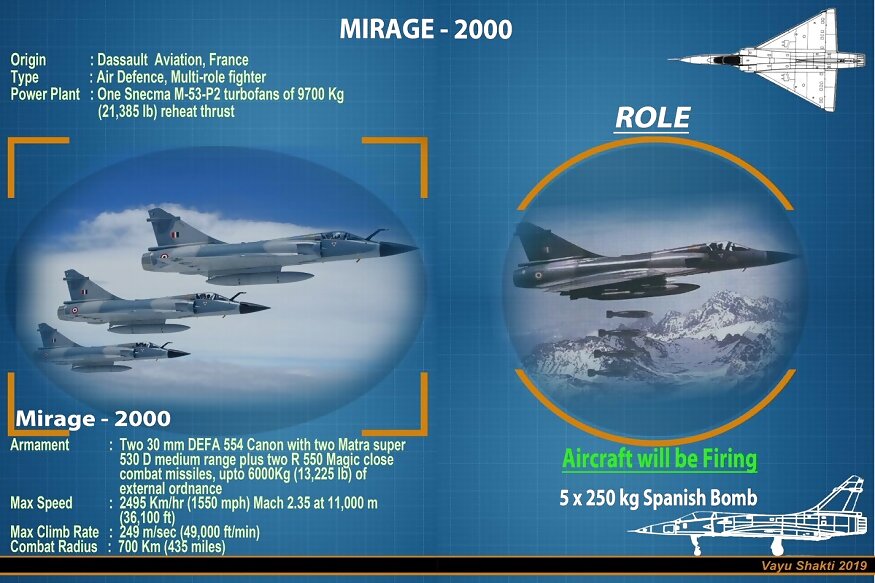
Mirage-2000
The Mirage-2000 is undoubtedly one of the Indian Air Force's (IAF) most versatile and deadliest aircraft and it was first commissioned in 1985. Soon after inducting the Mirage, IAF gave it the name – Vajra – meaning lightening thunderbolt in Sanskrit. The Mirage-2000 is developed by Dassault Aviation and took its first flight in 1978 and was inducted in the French Air Force in 1984. India placed and initial order of 36 single-seater Mirage-2000 and 4 twin-seater Mirage 2000 in 1982 as an answer to Pakistan buying U.S. made F-16 fighter jets by Lockheed Martin. The Mirage-2000 played a decisive role in the 1999 war of Kargil and seeing the success of the jets, the government in India placed an additional order of 10 Mirage-2000 planes in 2004, taking the total tally to 50 jets.
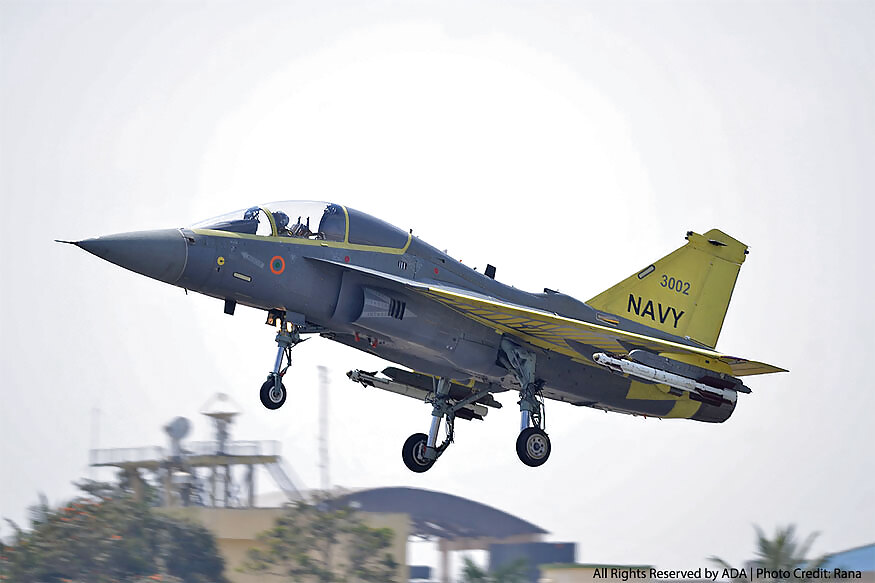
HAL Tejas LCA
India has long borrowed its fighter jets from countries like Russia, France and Britain under a license agreement to manufacture it locally by Hindustan Aeronautics Limited. However, back in 1980s the HAL started the Light Combat Aircraft (LCA) programme to replace the ageing Soviet sourced MiG-21. With India’s former Prime Minister giving the LCA its name – Tejas – the 1st indigenously built fighter aircraft was inducted in the Indian Air Force with the IAF placing a 20 jet order initially and the 1st Tejas Squadron was formed in 2016 called the Flying Daggers. Till now IAF has placed an order of 40 Tejas Mk 1, including 32 single-seat aircraft and eight twin-seat trainers. IAF has also initiated procurement of a further 73 single-seat fighters in Mk 1A configuration.
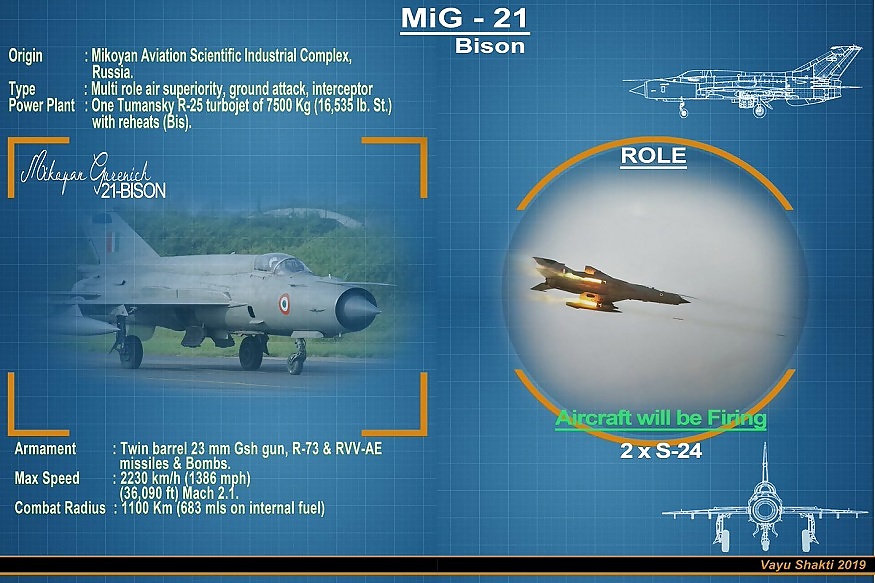
Mikoyan MiG-21
The first supersonic jet aircraft in the aviation history, the MiG 21 is one of the most known fighter jets on Earth. Having served 60 countries over a course of 60 years, the MiG 21 is still in service in many countries, including India. In 1961, IAF opted for the Mikoyan-Gurevich Design Bureau made MiG 21 and since then has bought more than 250 estimated units of this incredibly competent planes. While the 21s played a pivotal role in the 1971 India Pakistan War, they are currently being used only as Interceptors with limited role as fighter jets and IAF will soon replace the remaining units of the MiG21 Bison with the Tejas LCA. The MiG 21 has a single seater cockpit with maximum speed of 1.05 mach (1300 kmph).
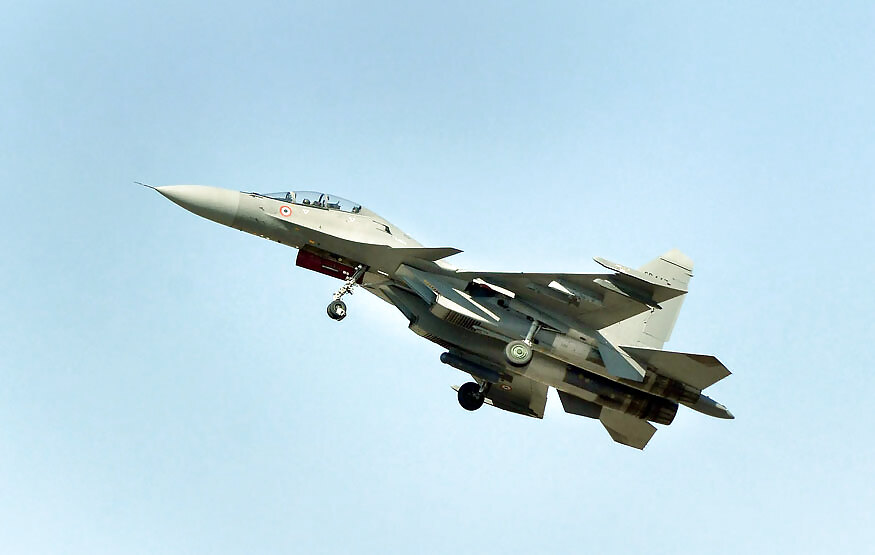
Sukhoi Su-30MKI
The Sukhoi Su-30MKI is the most advanced fighter jet in operation with the Indian Air Force and is the primary air to air and air to ground strike machine. Also known as Flanker (NATO), the Su-30 MKI is built in India by HAL under license agreement with Russia’s Sukhoi. The Su-30MKI is exclusively used by India and there’s an estimate that IAF has 290 operational units of 30MKI till now. The first unit was inducted in 2002. The Sukhoi Su-30MKI has a top speed of Mach 2 (2120 kmph) and has a maximum takeoff weight of 38,800 kg. The jet can carry a wide range of equipment from radars to missiles, bombs and event rockets.
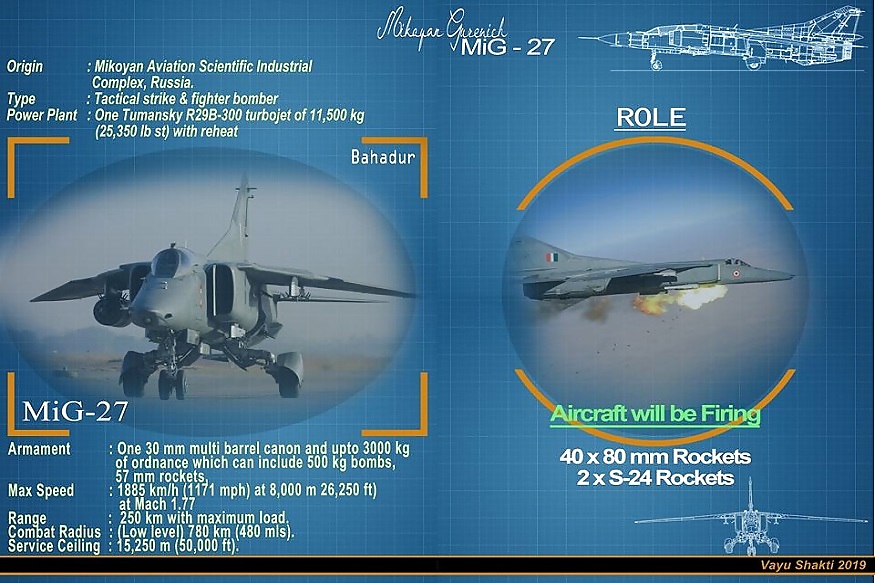
Mikoyan MiG-27
The MiG 27 is again Soviet sourced ground-attack aircraft designed by Mikoyan-Gurevich Design Bureau from Soviet Union and manufactured by HAL under license agreement. The MiG27 is known as ‘Bahadur’ (meaning Valiant in English) in India and the IAF retired the last 27 ML squadron in 2017. India is only among a handful of countries who still operates the updated MiG-27 UPG ground attack aircrafts. The 27s are based on the MiG23 with a redesigned nose and flies low altitude. The aircrafts were only built for less than 15 years and there has been constant news of MiG 27s getting crashed every now and then.
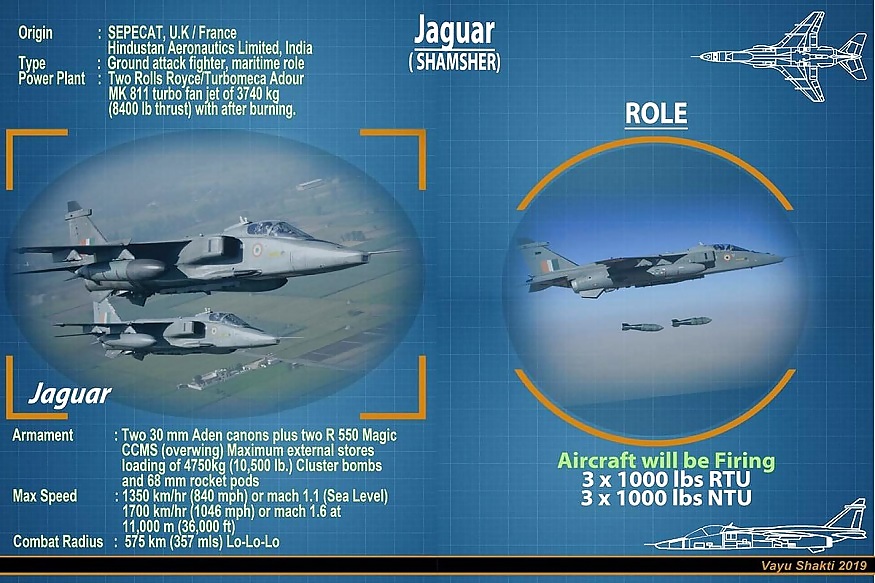
SEPECAT Jaguar
The SEPECAT Jaguar is a fighter jet developed together by British Royal Air Force and French Air Force. Only the Indian Air Force is currently using the upgraded Jaguar in active duty. The SEPECAT Jaguar is known as Shamsher and serves IAF as primary ground attack aircraft. Indian Jaguar are quite different from the RAF’s Jaguar and are built locally by HAL under a license agreement. IAF recently upgraded its entire fleet of Jaguar’s by adding Avionics support. The only problem with the Jaguar is its inability to fly high altitude with heavy load on board.
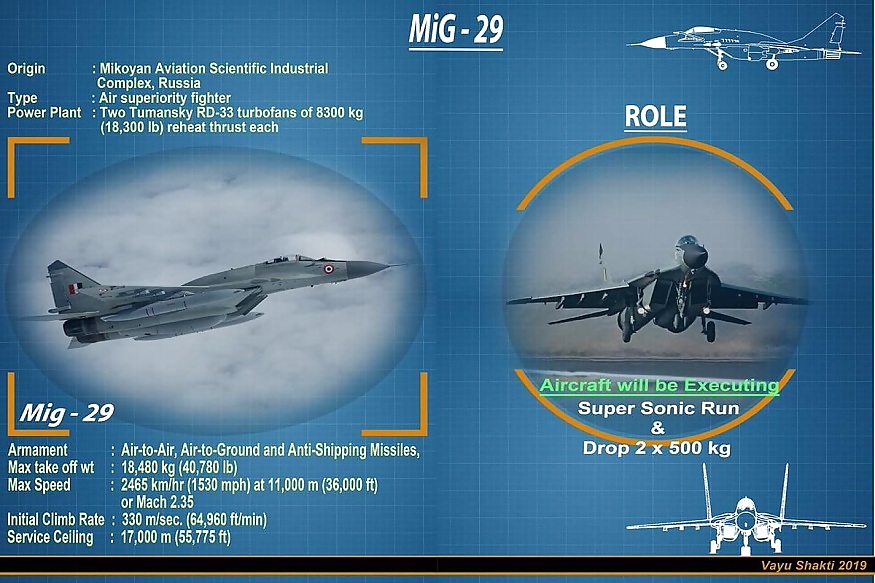
Mikoyan MiG-29
Last on our list is another Soviet Mikoyan-Gurevich Design Bureau produced MiG called the MiG 29. Introduced in 1970s to counter U.S. F-Series planes like F-15 and F-16 the MiG29 is known as Baaz (Hindi for Hawk) and forms the second line of defence after the Sukhoi Su-30MKI. The MiG-29 is exported to more than 30 nations, India being the first and one of the largest exporters of this jet. The IAF currently uses the upgraded MiG-29 UPG, the most advanced MiG-29 variant ever. The MiG29 were used extensively during the Kargil War by the Indian Air Force to provide escort for Mirage-2000 attacking targets with laser-guided bombs.















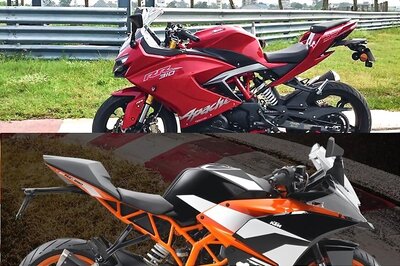



Comments
0 comment